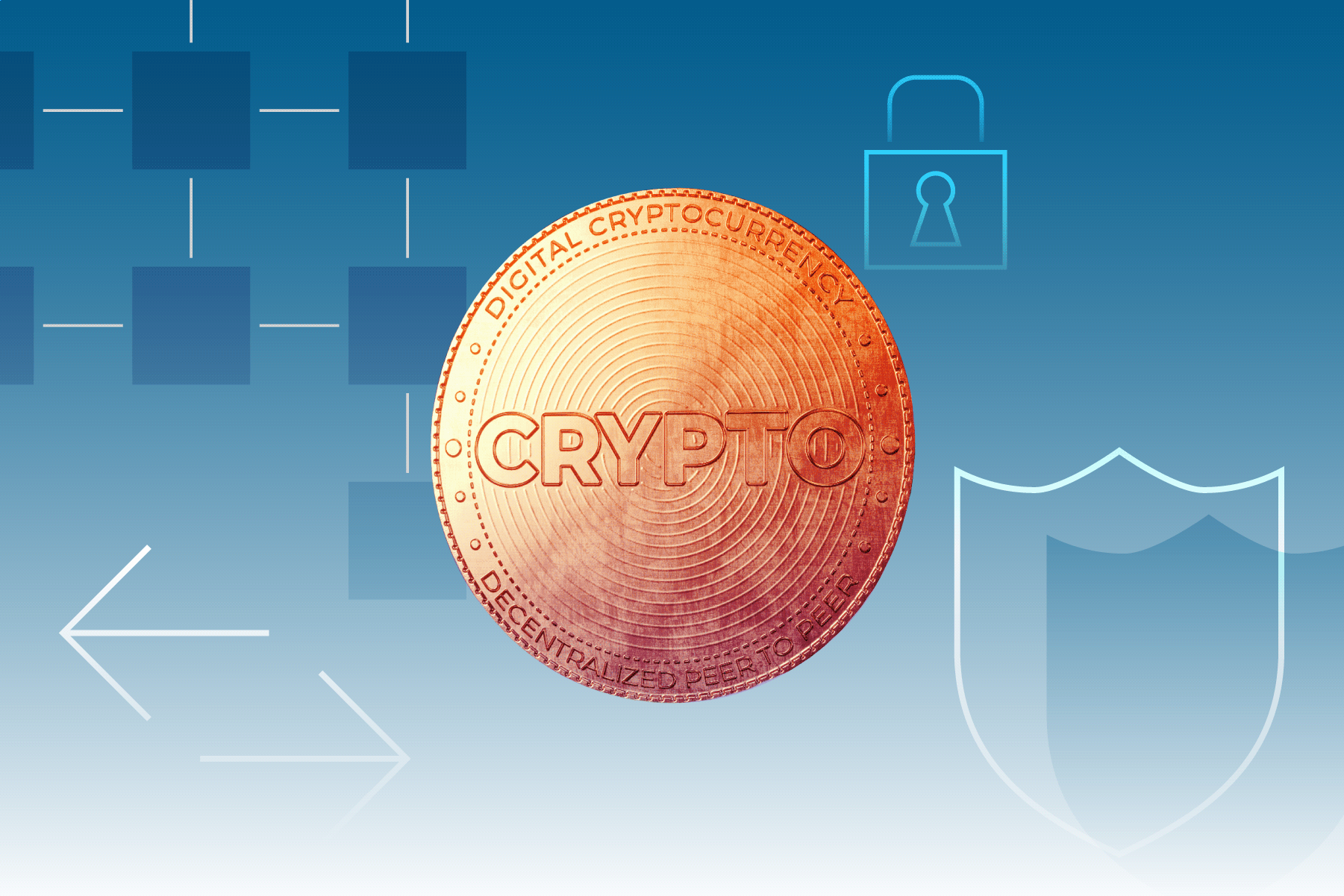Bitcoin in Your 401(k)? Not so Fast
Why putting the popular cryptocurrency into your 401(k) is a bad idea.

On Tuesday, Fidelity declared that the retirement world is ready for cryptocurrency. The firm announced it will offer its 23,000 employer-sponsored 401(k) plans the option to invest in bitcoin, making it the first retirement plan provider to do so. MicroStrategy MSTR, a cloud and computing company, plans to roll out the offering to its employees in midyear 2022.
There's no doubt that 2021 was the year crypto went mainstream. Traditional financial institutions, including Morningstar, can no longer ignore the asset class' potential. This month, we released our first cryptocurrency landscape, the key takeaways of which can be found here.
While Morningstar is not against cryptocurrency—and full disclosure, I own some bitcoin—Fidelity's strategy for capitalizing on the crypto momentum is misplaced. At this stage, mixing bitcoin and 401(k) plans is a terrible idea.
Here's why: Our recent research shows that cryptocurrency is still very much a speculative asset. At this point, the asset class lacks academically substantiated valuation models. Stocks have free cash flows and bonds have loan principals that can be modeled and give these securities their value. Bitcoin has neither, and that makes it too volatile for direct investment through a 401(k).
The behavior of the asset class supports this. The movement of cryptocurrencies over time and across market cycles flies in the face of established market dynamics. We studied the behavior of a diversified basket of cryptocurrencies—which should be less risky in aggregate than an individual asset like bitcoin—and the only asset class that had the same level of volatility was oil futures. If the events unfolding in Europe are any indication, that level of risk has no home alongside hard-won retirement savings. Plus, employers run the risk of getting sued for offering the investment, which is bound to be as expensive as it is volatile. (Fidelity plans to charge 0.75% to 0.90% for the investment.)
For investors, it may be tempting to cut corners when faced with the daunting task of saving for retirement. The demands of planning for an unknowable future are unforgiving. Meanwhile, stories abound of neighbors and nephews that made life-altering sums simply by toying around with cryptocurrency. Even time-honored institutions aren't immune to the allure of bitcoin's uncorrelated returns.
I come from a multi-asset background, so I can appreciate how hard uncorrelated returns are to find. But taking your money to the casino and hitting it big in a game of Texas Hold 'em is also an uncorrelated return stream; that doesn't make it investing. Like many other game-changing technologies that have come before it, "digital gold" is no silver bullet. The recipe for success in retirement saving is unchanged and has only three ingredients: time, diversification, and compound returns.

/s3.amazonaws.com/arc-authors/morningstar/eda620e2-f7a7-4aef-bb6c-3fb7f1ac7a38.jpg)
/cloudfront-us-east-1.images.arcpublishing.com/morningstar/HTLB322SBJCLTLWYSDCTESUQZI.png)
/cloudfront-us-east-1.images.arcpublishing.com/morningstar/TAIQTNFTKRDL7JUP4N4CX7SDKI.png)
:quality(80)/s3.amazonaws.com/arc-authors/morningstar/eda620e2-f7a7-4aef-bb6c-3fb7f1ac7a38.jpg)